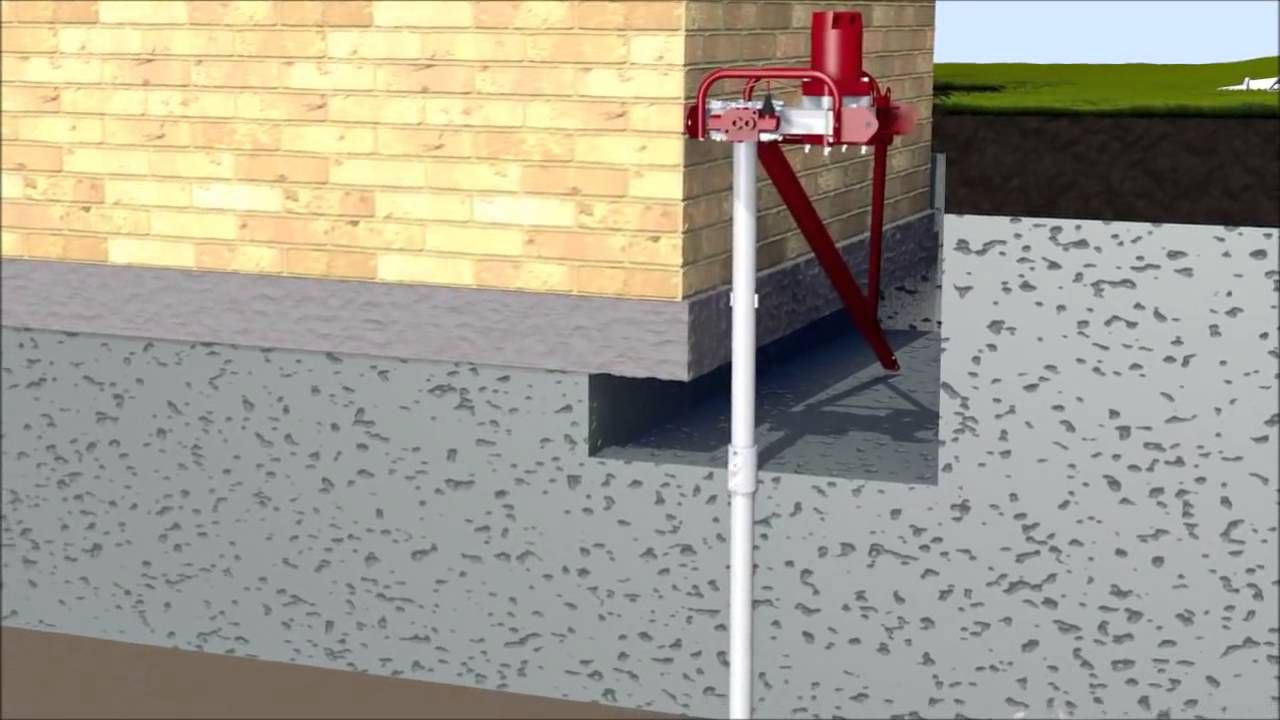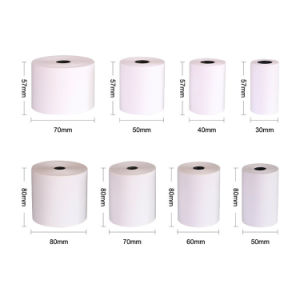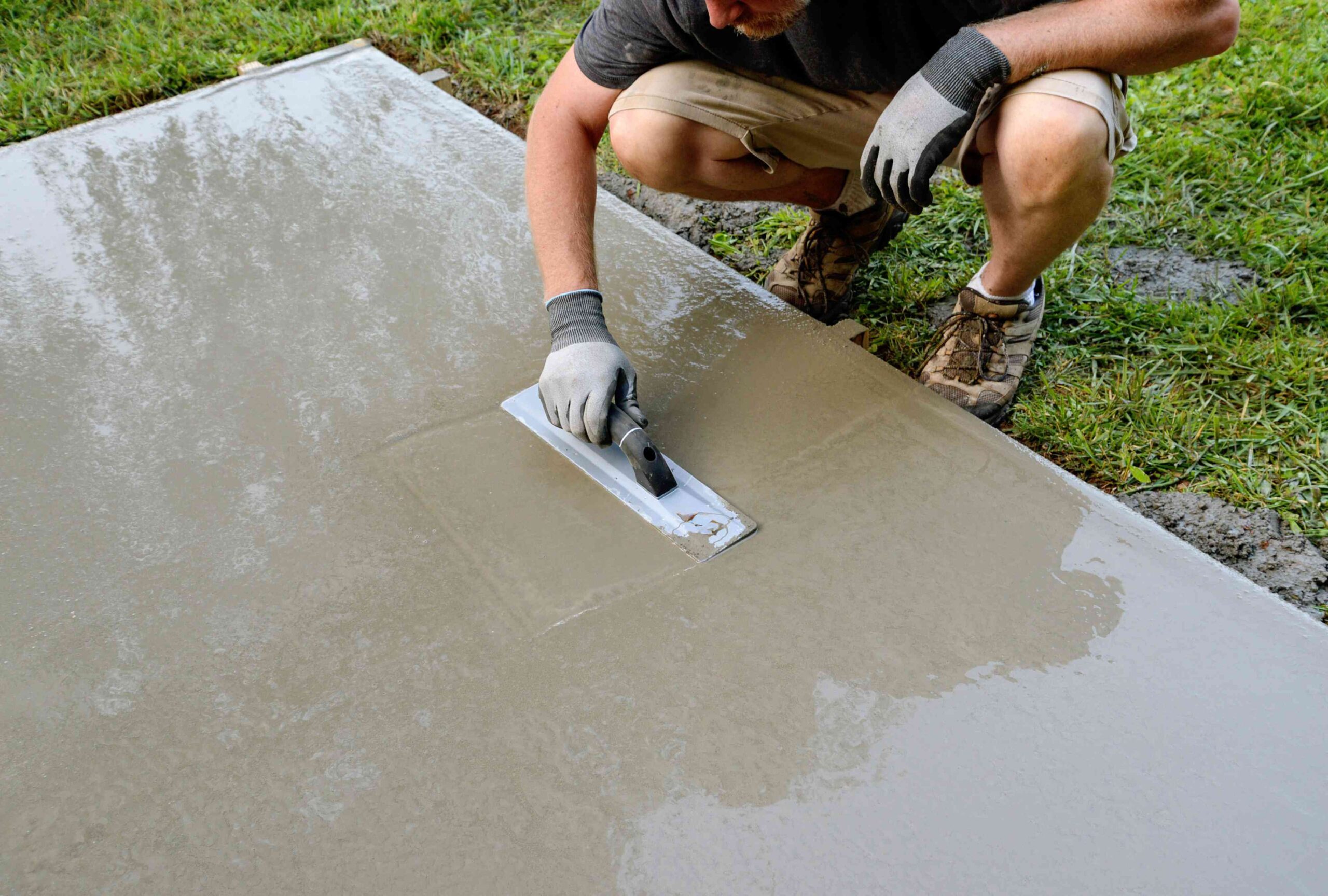There are various foundation options for manufactured homes. Your choice will depend on the layout of your land and climate conditions.
There are four primary foundation types, designed to transfer the weight of buildings onto soil or bedrock and support walls and columns.
Individual Footings
Individual footings are square or rectangular pads of concrete on which columns rest, calculated by an engineer by dividing their load by the safe bearing capacity (SBC) of soil. This foundation type is one of the easiest and most reliable shallow foundations. Look out for the best Underpinning Melbourne.
Grillage foundations are specifically designed for high-rise buildings with excessive loads and soils with low SBC levels. This foundation consists of one or more layers of I-section steel beams buried into concrete with their flanges separated using pipe separators in order to keep space between adjacent columns’ flanges.
Combined footings are used when columns are situated closely together and their individual footings would overlap, or when spreading a heavy load evenly over an expanse. They are sometimes referred to as mat or raft foundations.
Wall Footings
Wall footings are shallow foundations used to distribute the load from walls evenly across the ground, making them an excellent option when building on compacted soil or rock. Their use helps prevent differential settlement that could crack foundations or sink structures.
Foundation types that utilise reinforced concrete, brick or stone masonry include continuous footings or strip footings, commonly referred to as continuous or strip footings and used in cases when wall loads exceed bearing limits or when soil bearing limits are low.
Design of footings depends on several variables, including the size and weight of a structure. Lighter projects may benefit from shallow foundations while taller buildings often need deeper ones in weak or soft soil conditions. Tools like penetrometers and soil density tests can be utilized to assess soil strength and weight-bearing capacity before construction commences and provide engineers with information that allows them to select an appropriate foundation for each project.
Pile Foundations
Pile foundations are long cylinders made of strong material such as concrete or steel that extend deep into the ground to provide stable support for structures. Used when the surface layer of soil cannot support heavy loads from buildings, pile foundations help shift them onto deeper layers that have much greater bearing capacities – like stronger soil or rock layers with much better bearing capacities than their weak surface layer counterpart.
Pile foundations typically consist of steel or concrete driven piles, friction piles and batter piles. Drilled piles may be precast or installed using an expensive crane and pile driver system for installation.
Screw piles offer more financially sustainable solutions due to not requiring heavy machinery for installation; these piles can be set into place using low speed motors operated by experienced workers, which helps reduce costs while also helping ensure projects are completed on schedule and within budget.
Caisson Foundations
Caisson foundations are used in construction projects that require stability and support in challenging soil or water conditions, such as rocky environments or unpredictable rainfall patterns. Also referred to as drilled piers or bored piles, these deep foundations are constructed by drilling or excavating a shaft into which concrete can be poured before filling it back in again.
This unique form of foundation construction helps ensure even weight distribution and vertical shifting that could otherwise lead to major structural damage or collapse over time. Furthermore, this technique reduces the need for pile caps while simultaneously increasing strength both lateral and axial loads.
Caisson foundations are widely utilized for bridge piers, wharves, and offshore structures. They’re an excellent solution when soil contains an excessive amount of water or obstructions are expected during sinking; there are two primary kinds: box and pneumatic caissons are generally constructed closed at the bottom and open at the top; whilst pneumatic caissons do the opposite.




